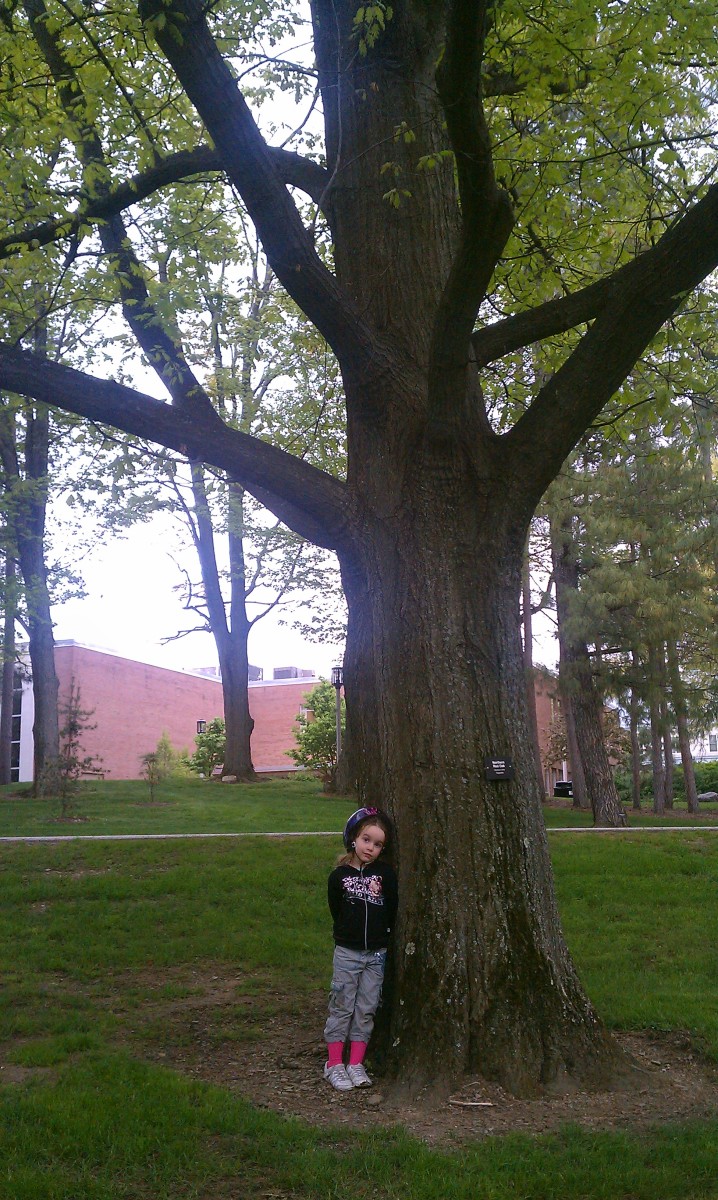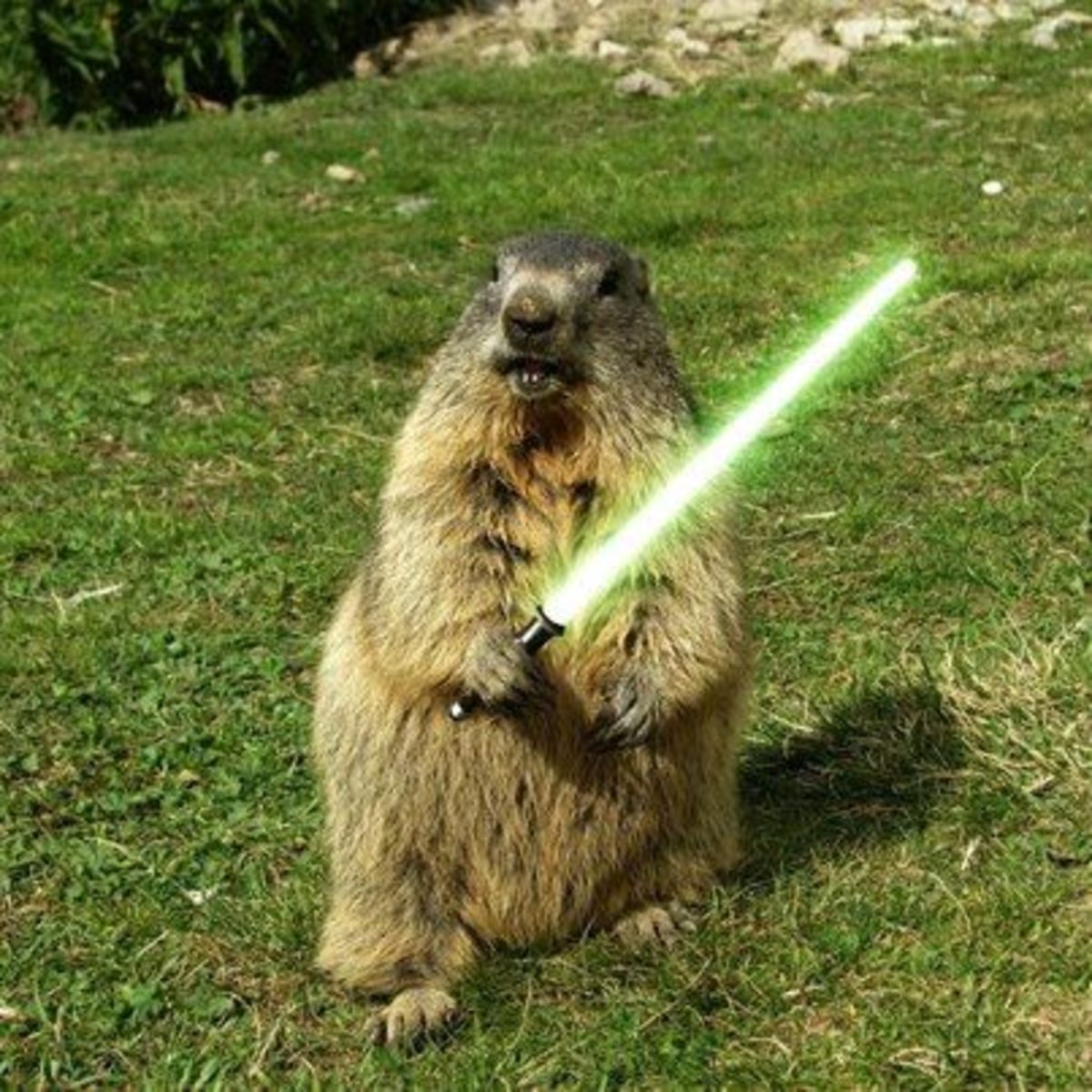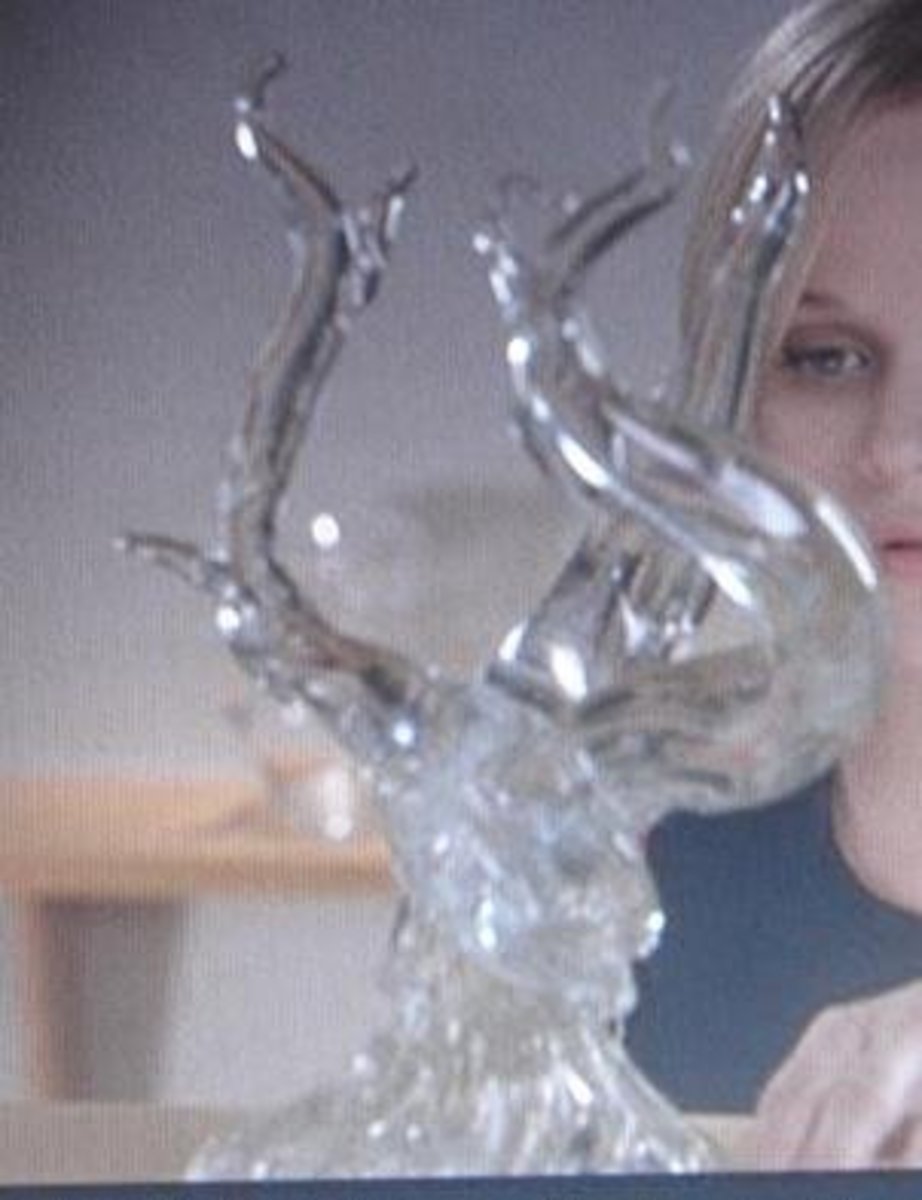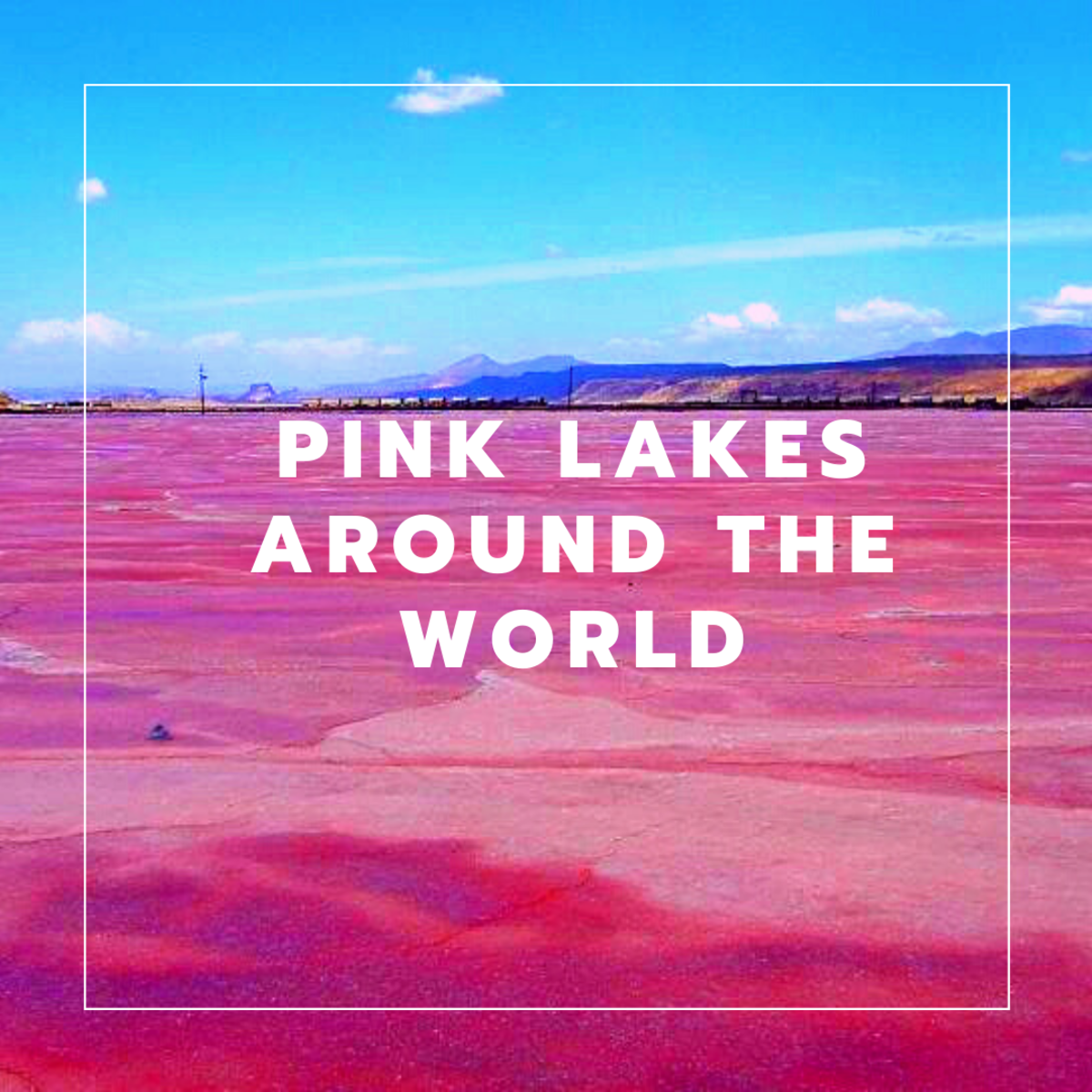Learn How To Recognize Poison Oak
Pictures of Poison Oak
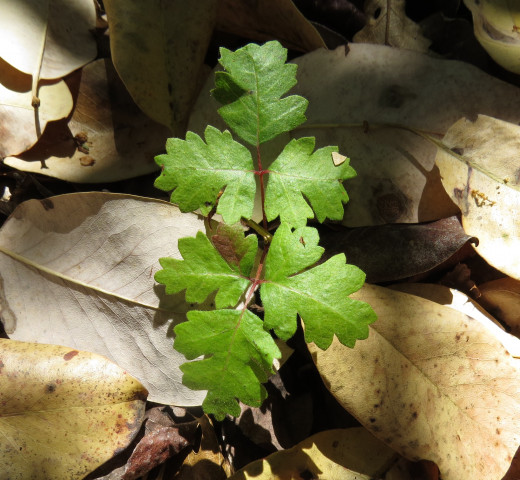
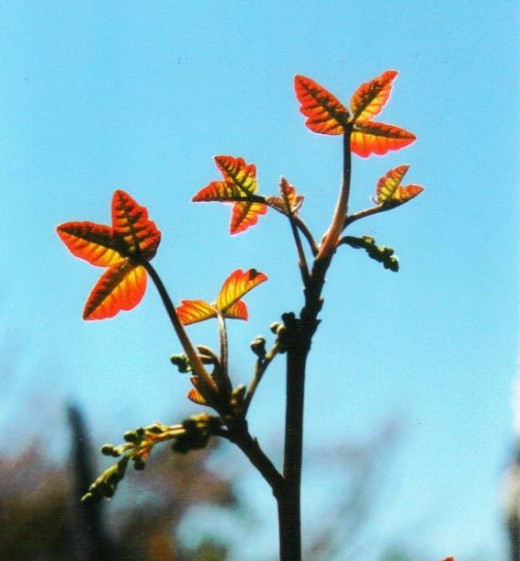
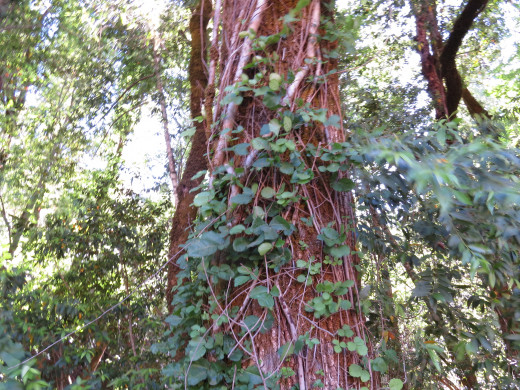
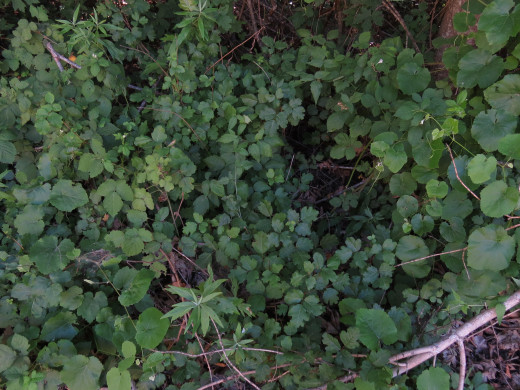
![Sometimes it grows into a bush [right-hand side of picture] Sometimes it grows into a bush [right-hand side of picture]](https://usercontent1.hubstatic.com/8113048_f520.jpg)
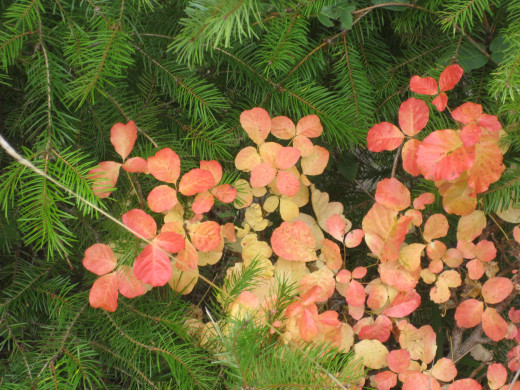
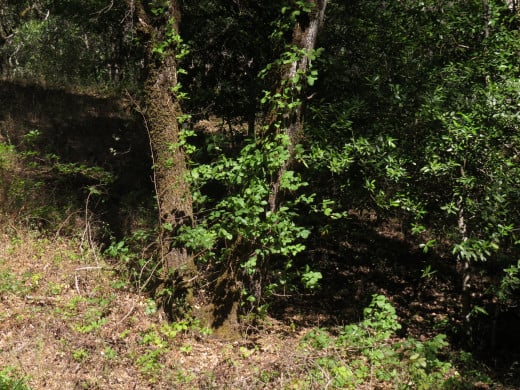

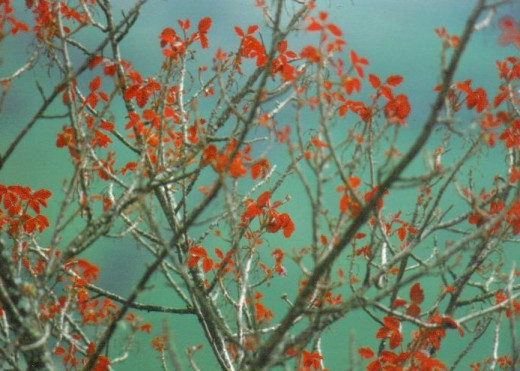
So What Is Poison Oak, Anyway?
You might wake up one morning covered in painful, itchy red bumps - as you try to figure out what has caused it, you remember that walk in the woods the day before, and wonder if you brushed against something unpleasant.
Does this sound familiar?
Western Poison Oak [Toxicodendron diversilobum] is a plant that grows on the Pacific Coast of North America.
All parts of the plant contain an oily chemical called Urushiol, which causes a nasty allergic reaction in about 70% of the population. All you have to do is touch your skin against a leaf or branch to get a rash.
If you're one of the lucky ones who isn't allergic, you should still try to avoid it - repeated exposure to the oil can cause you to develop an allergy to it.
If you enjoy hiking or gardening, or work regularly outdoors, it's important to know how to recognize this plant, and stay safe from it.
Recognizing Poison Oak
Leaves of three,
let it it be.
Ever heard this little rhyme? Although it's true that poison oak usually has "leaves of three" - three segments to each leaf - this may not be very useful, because many, many other plants also do.
Unless you want to avoid half the plants in the forest, it's better to become familiar with how poison oak can be distinguished from everything else.
Features of Poison Oak
- Glossy-looking leaves
- Bright green through the summer
- Often has red leaves in spring
- Clusters of tiny, hard, whitish-green berries
- Leaves are usually divided into three leaflets, with lobed or toothed edges
- Often grows as a tangled thicket under trees
- Stems often have small black stains [looks like dirty engine oil dribbled on it]
- Loses leaves in the winter [it is still poisonous with no leaves]
Poison Oak will NOT have:
- Thorns
- Stinging leaves
- Very fuzzy leaves
What makes it hard to recognize?
Poison oak is difficult to recognize because the growth form of the plant takes so many different shapes. It can grow as:
- A thick vine, climbing up trees
- Thin, short stems, sprouting up all over a forest floor
- A large, sturdy bush [usually in open fields]
- A tangled thicket, often under trees or at the edge of the forest
Staying safe
- You can get poison oak by touching any part of the plant - leaves, root, stems, etc. Just brushing against it can be enough, but if you break it, you'll naturally be exposed to more oils.
- Keep a close eye on what you're walking through. If it looks suspicious, go around instead of through it.
- If you know you're walking in an area with a lot of poison oak, wear long pants and closed shoes. When you get home, change clothes immediately [before you sit down in your favorite chair or lay across your bed].
- If you have a dog, give it a bath before you cuddle it or let it on any furniture - their fur protects them, but they'll still spread the oils all over you.
- If you're trying to remove a poison oak plant, wear gloves and long sleeves, and face protection.
- Even if the plant is dormant, it can still give you a rash - and it's harder to spot the plants when they're just bare twigs.
- The poison is most potent in the early spring, just as the new leaves are starting to come out.
- NEVER burn poison oak. If the smoke is inhaled, it can cause severe lung damage.
What to do if you realize you've touched it
If you realize you've brushed against poison oak, grab a handful of fresh soil [make sure it doesn't have any poison oak leaves or roots in it!] and scrub it over the affected area. This absorbs and removes some of the oils.
As soon as you can, wash with warm water and soap, to destroy the oil.
What to do if you've got a rash
So you didn't notice you walked through it in time - what do you do now?
- Over-the-counter calamine lotions can sooth it somewhat
- Ice or cold water can reduce the inflammation and make it itch less
- Don't break the blisters - it'll make it slower to heal and increase risk of infection
- Don't scratch it!
- If it's severe, see a doctor to talk about prescription treatments
How bad is it, really?
How severe it is depends on your level of sensitivity and the amount of exposure.
Some people never get it at all [although they can still develop the allergy later - repeated exposure increases the likelihood].
For most people, it's an irritating rash that lasts a few days, itches like a bug bite, and then goes away.
But for some, a severe case can result in needing hospitalization. So be careful!
So it's evil - no, wait!
Some people are all for eradicating poison oak wherever it may be found, and anyone who has had a case is bound to feel some sympathy toward that cause.
However, poison oak does have many benefits to the local ecosystem, which should not be overlooked.
- It is a "nurse plant" in areas where woodland has been removed - protecting new tree growth until it can become established.
- It provides shelter for small animals, including hares, bush bunnies, woodrats, and chipmunks
- Deer often feed on the leaves
- The berries provide a good winter food source for many birds
- Studies have shown that high concentrations of poison oak is linked to much higher bird diversity
- The endangered least Bell's vireo prefers to nest in poison oak
And, of course, few plants have prettier fall foliage. Just don't go picking any to garland your house.


